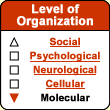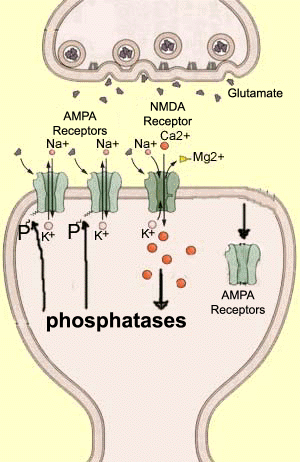Many studies
are producing more and more evidence that the nervous system and the immune system
interact continuously. For example, certain proteins that act as extra-cellular
messengers in the immune system have also been identified in various parts of
the brain, including the hippocampus, where they appear to play a role in neuromodulation. This
is the case for cytokines–molecules that are involved in inflammation–such
as interleukin-1, interleukin-6, and TNF alpha. Recent data show that these cytokines
appear to reduce LTP, and perhaps LTD as well. A causal link between certain bacterial
or viral infections and cognitive functions thus becomes conceivable. | 




